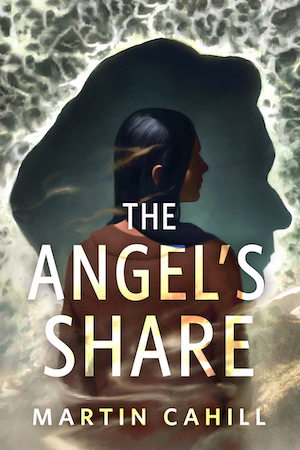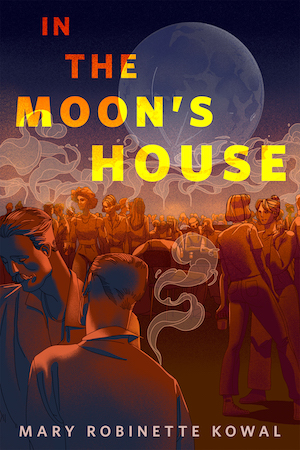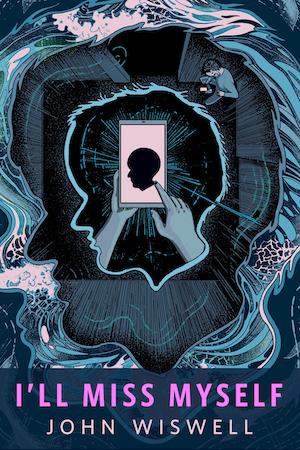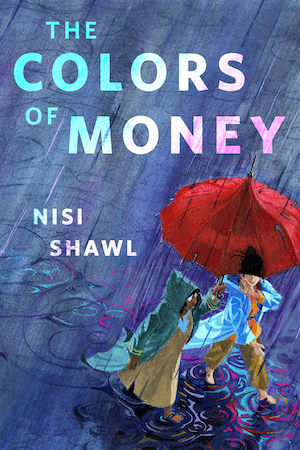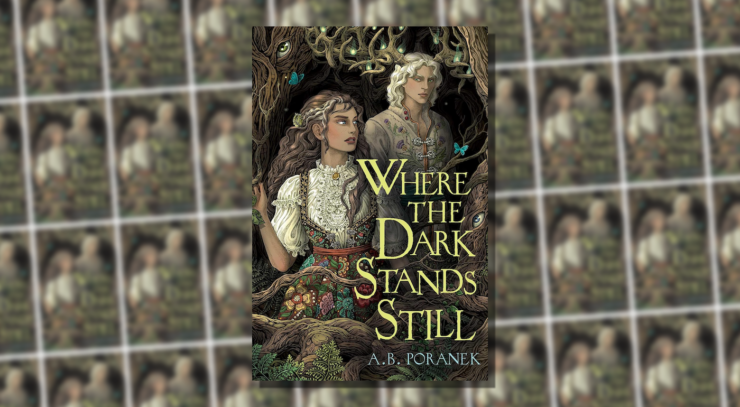Classic stories persist for a reason. Much has been written about the ways that fairytales and myth tap into the human psyche. Their settings often include wild, beautiful, threatening nature—the sea, the deep woods, the desert. Their relationships are primal, whether exploring the ties between parent and child, the struggle between powerful and seemingly powerless, or the tense desire between lovers.
The haunting familiarity of a traditional tale lends Where the Dark Stands Still much of its charm. A.B. Poranek’s debut young adult novel walks its reader down the same darkly forested path as monstrous bridegroom stories like “Beauty and the Beast” or “Blue Beard”: A girl trades a year of her freedom to a mysterious and powerful man in return for something she wants. In her jailor’s mansion is a magical door she is kept from opening, and a physical door she is commanded never to enter. This magical lord, who at times wears the form of a stag, seems to be a kind of demon—but there is more to him and his manor than meets the eye.
For readers drawn to such narratives, Where the Dark Stands Still will be a pleasure. On the summer solstice, village girl heroine Liska dares the dangerous wood known as the Driada to find a wish-granting fern flower. Unlike those who have sought this flower before, Liska is not looking for wealth, love, or power. She seeks only to be free of her own magic, after a violent eruption of the power she’s tried to suppress for years. Close to being branded a witch and banished from the only home she knows, Liska has no other options. Yet of course when she finds the fern flower, she finds trouble too—the demonic spirit warden of the Driada, the Leszy. He accuses Liska of stealing the flower from his estate, and offers her a bargain: After one year of her servitude, he’ll remove her magic.
Anyone who has ever heard a fairytale will know it cannot possibly be that simple. It turns out the Leszy is under siege, only barely managing to protect human travelers and nearby villages from a surging number of the wood’s dangerous spirit beasts. He convinces Liska to let him teach her magic, so she can help him in the task he’s sworn to do. In order to let this buried and warped part of herself breathe, Liska must confront and heal from the painful memories that surround her repressed power. Wandering through the House Under the Rowan Tree, Liska encounters a slavering red-eyed hound, a pert and mischievous house spirit, and an enchanted library, all of which lead her toward the Leszy’s secrets. Along the way, naturally, Liska and the Leszy find themselves falling in love. However, love is not enough when Liska discovers she is not the only one under the constraints of an uneven bargain. The Leszy has a centuries-old pact with a vengeful Old God, and the terms are as unrelenting as they are horrifying.
Buy the Book
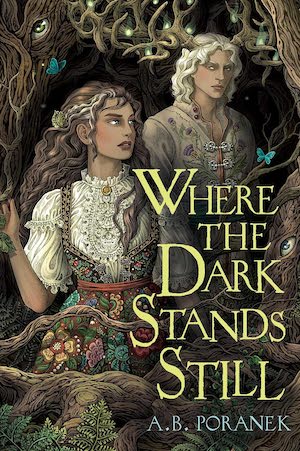

Where the Dark Stands Still
Poranek imbues this elemental plot with her own richness. The Driada is lovingly and horrifyingly described in immersive language that saves it from becoming another generic faerie wood. The novel’s supernatural world is seamless and fascinating thanks to its foundation in Polish folklore, which includes creatures whimsical and terrifying in turns. Though the magic system is simple, it has its basis in animism: the idea that everything, including inanimate objects, has a little bit of soul. Such an approach to magic is elegant, and feels organic to the type of mythology that features river and house spirits, among others.
Although Liska’s mastery of this esotericism is quite sudden and easy, it works, because magic is just not what the book is interested in. Where the Dark Stands Still is focused on Liska’s personal growth, on emotional drama, and on romance. These preoccupations, incidentally, are the core of how Poranek’s story differs from another semi-recent novel about a girl who becomes the assistant to a forbidding magician in a Polish-inflected land threatened by a malevolent wood: Naomi Novik’s triumphant Uprooted. Novik’s gorgeous fairytale revolves chiefly around the complexities of friendship and family, and is enamored of death, while Poranek builds a sweet found family around a narrative backbone of lightly tortured love.
Regarding that last, it must be said that Poranek gracefully handles the problematic but beloved trope of a young feminine person falling in love with her captor. Liska is never willfully infatuated. From the beginning, she rarely heeds the Leszy’s wishes. As she learns more about him, she grows to admire him while still seeing his flaws. At one delightful point, Liska calls him a “self-proclaimed antlered tragedy”, skewering her lover’s angsty boy façade. For his part, while the Leszy does lie to Liska early and often, he also works hard to empower and encourage her. If Liska’s self-acceptance is a little too bound-up in the Leszy’s adoration for her, well. That too is a time-worn aspect of many a fairytale.
Though Where the Dark Stands Still succeeds at telling a fantastic story, the novel wavers on a more molecular level. Poranek’s love story is compelling, but her writing recalls young adult romantic clichés. The Leszy is pale-skinned and lean, described as having a “[s]lender face, hair like alabaster, eyes bright and wicked green.” When he finds himself almost kissing Liska, he retreats with “[h]is pupils blown wide”—a detail denoting desire over-favored by fan fiction and romance. The Leszy’s constant use of a cloying nickname for Liska may grate, and not every reader will appreciate the magical girl sensibility behind Liska’s power manifesting as blue butterflies. There are also some melodramatic turns of phrase, such as when Liska accesses her magic in a moment of dire survivalism: “She lets herself shatter [sic].” This clunkiness can be jarring to find right after a pulse-thumping action sequence or a lyrical reflection.
Yet if this narrative style is off-putting to some readers, others will embrace it—and still others will either ignore or not notice it, pulled along by the many magnetic strengths of this debut offering. In a market stuffed with books riffing on fairytales and supernatural lore, Where the Dark Stands Still should rise to the top as a lush and mesmerizing story that truly feels both old and new.
Where the Dark Stands Still is published by Margaret K. McElderry Books.


